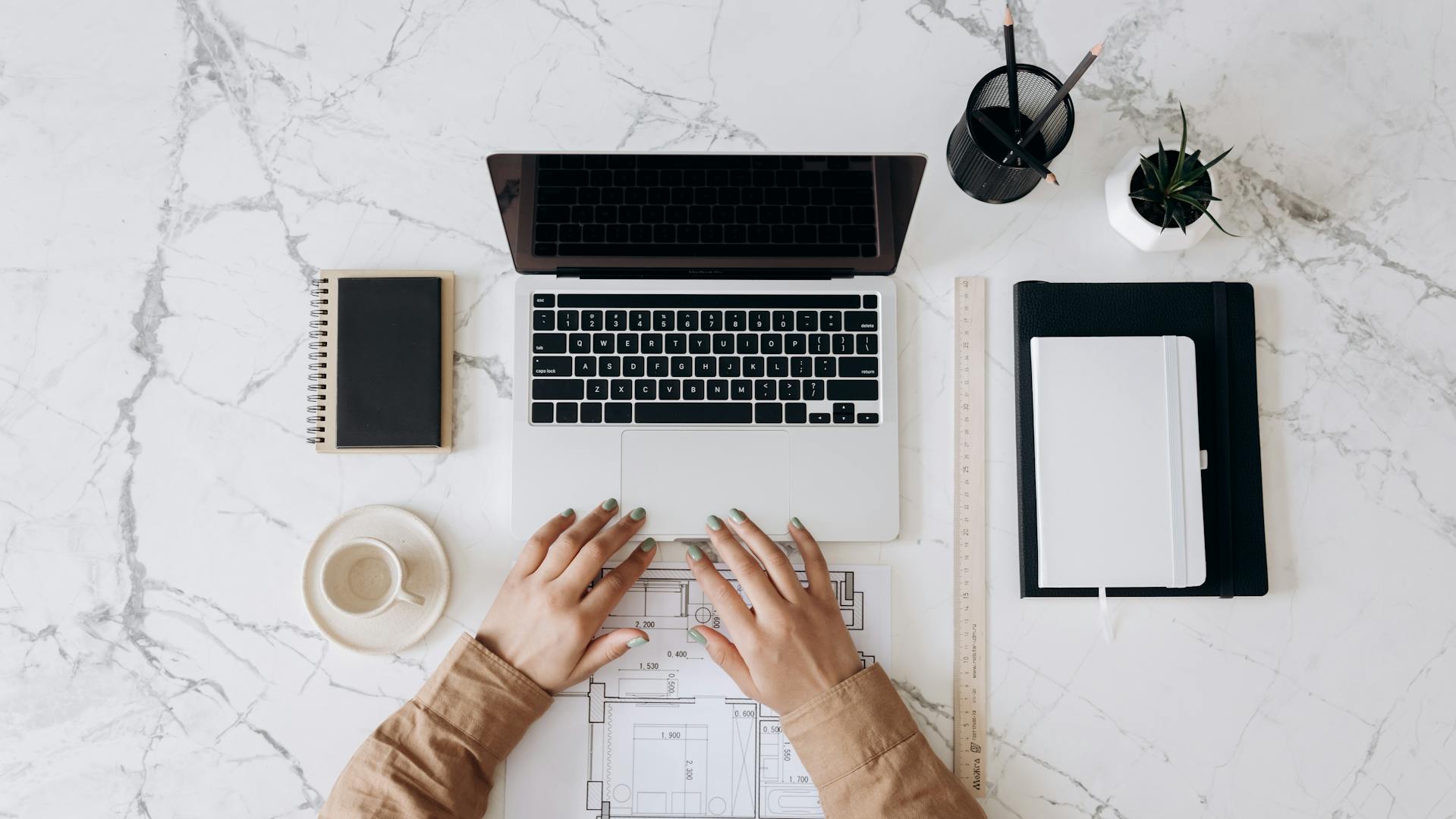Starting an interior design business can be an exciting yet daunting venture. Aspiring designers must navigate various challenges, from understanding the market to managing finances. The journey begins with a comprehensive plan that outlines your vision and the unique aspects of your business. This guide will explore key steps to establish a successful interior design business, ensuring that you are prepared to bring your creativity to life while earning a sustainable income.
Define Your Niche
One of the first steps in launching your interior design business involves defining your niche. A niche helps differentiate your services from competitors, targeting a specific audience that identifies with your style and approach. Whether you decide to focus on residential, commercial, or sustainable design, having a clear understanding of your niche will guide your marketing strategies and service offerings. To identify your niche, consider your interests and strengths. Perhaps you have a flair for minimalist, modern aesthetics or a passion for traditional styles. Research current trends in the interior design industry and analyze competitors to see what’s successful and where there might be gaps in the market. By aligning your skills, interests, and market demand, you’ll establish a strong foundation for your business.
Create a Business Plan
Next, crafting a business plan is crucial for your interior design startup. A solid plan outlines your business model, target market, marketing strategies, and financial projections. It’s not only a roadmap for yourself but also a necessary document if you’re seeking financing from investors or banks. When writing your business plan, include sections like:
- Executive summary
- Company description
- Market analysis
- Organization structure
- Marketing plan
- Financial projections
Having a comprehensive business plan not only helps in formalizing your vision but also prepares you for potential challenges by anticipating costs, expected revenue, and strategies to attract clients.
Understand Various Requirements
Starting an interior design business comes with various legal and financial responsibilities. Thankfully, modern interior design software solutions have simplified the process of home design, making it easier and faster to create beautiful interiors. With the help of 2D and 3D modeling software, designers no longer need to hand-draw their ideas. This shift allows for more efficient communication with clients and quicker project execution.
When establishing your business, it’s important to choose the right business structure, whether a sole proprietorship, LLC, or corporation, as each option has different implications for taxes, liability, and financial management. Consulting with a lawyer or accountant can help you make the best decision. You’ll need to secure the necessary licenses and permits to operate legally. As you grow your business, incorporating tools like Planner 5D can streamline project management, budgeting, and invoicing, giving you more time to focus on bringing your creative visions to life.
Build Your Portfolio
A strong portfolio is critical for showcasing your skills and attracting clients. Begin by taking photos of your own design projects, even if they are personal or volunteer work. High-quality images can significantly improve the perception of your work. Creating before-and-after shots can vividly demonstrate your design talent and its impact on spaces. If you’re just starting and don’t have enough personal projects, consider collaborating with other designers or providing discounted services to friends and family in exchange for portfolio material. Many successful designers started this way, building their reputation and portfolio before venturing fully into the business role.
Develop an Online Presence
Having an online presence is essential. A professional website is a must-have for any interior designer. Ensure it showcases your portfolio, services, and client testimonials. Your website should be user-friendly and optimized for search engines to attract organic traffic. Incorporate social media as part of your marketing strategy. Platforms like Instagram and Pinterest are incredibly effective for visual-based businesses like interior design. Regularly posting inspiring content related to design trends, completed projects, and behind-the-scenes processes will engage potential clients and establish your brand.
Network and Market Your Business
Networking is a vital aspect of growing your interior design business. Attend local industry events, workshops, and community gatherings where you can meet potential clients and fellow designers. Building relationships in the industry can lead to collaborations, referrals, and invaluable advice from experienced professionals. Consider joining professional organizations related to interior design. Membership often provides access to exclusive resources and opportunities to connect with others in the field. Word-of-mouth recommendations can significantly boost your visibility, making networking efforts invaluable.
Invest in Continuing Education
No matter how skilled you are, the world of interior design is constantly evolving. Trends, techniques, technologies, and styles can shift rapidly; therefore, continuing education is essential. Enroll in workshops, take online courses, or pursue certifications to enhance your knowledge and skills. Not only does ongoing education keep you informed, but it also boosts your credibility. Explore various avenues for learning, different tutorials, business management courses, or marketing strategies tailored for creative professionals. Engaging with new methodologies enriches your designs and strengthens your business foundation.
Prioritize Client Relationships
Successful interior designers understand the importance of strong client relationships. From the first consultation through the completion of a project, prioritize making your clients feel valued and understood. Regular communication and being receptive to feedback will help build trust and ensure alignment with their vision. Post-project follow-ups can further solidify these relationships. Not only will it show your commitment to their satisfaction, but it may also lead to referrals and repeat business. Creating a client loyalty program with incentives for repeat customers can further enhance their experience and encourage long-term relationships.
Utilize Technology for Efficiency
Finally, leveraging technology can streamline your processes and increase efficiency in your interior design business. Collaborative tools, project management apps, and design software can help you stay organized and effectively communicate with clients and team members. Consider integrating tools that facilitate communication, budget management, and design presentations. Automating repetitive tasks, such as email communication and invoicing, allows you to focus on creative aspects, ultimately benefiting your clients and your business.

Whether you are just starting or looking to take your existing business to the next level, following these guidelines will support your journey. Embrace the path of creativity and entrepreneurship, and don’t hesitate to seek advice or mentorship from experienced designers. Your passion and dedication will guide you as you navigate the rewarding world of interior design.

